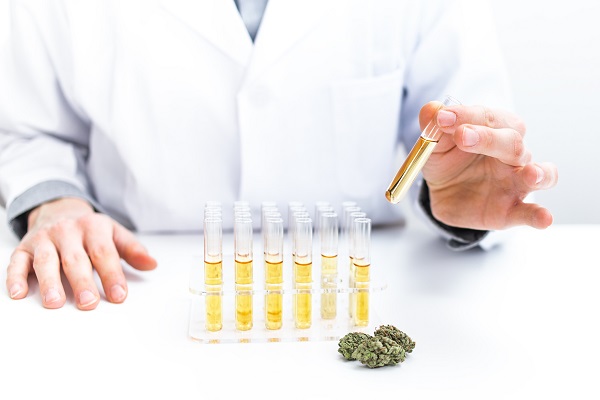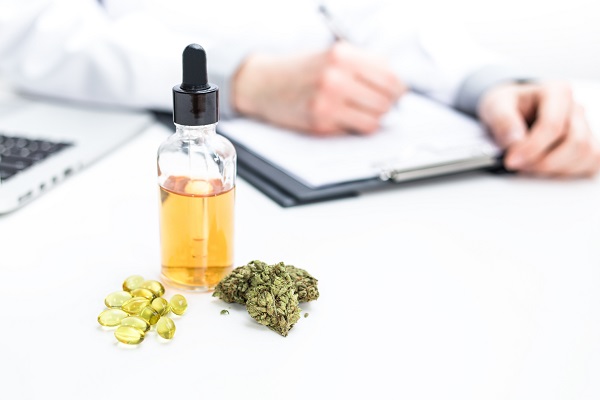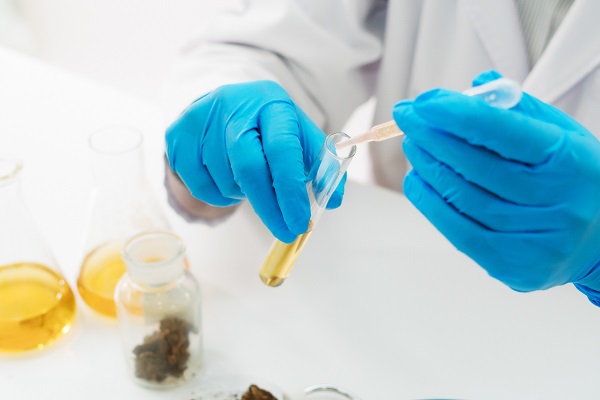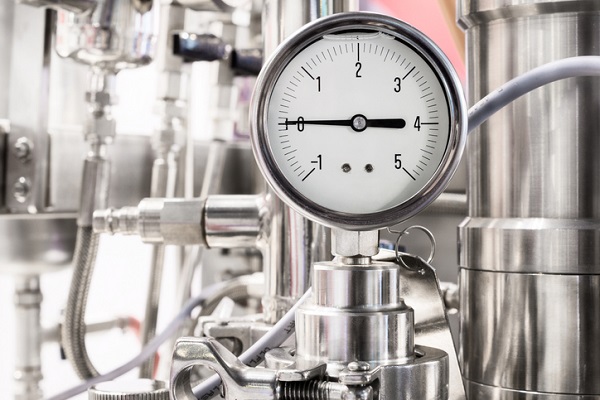 Cannabis plants contain over 100 cannabinoids and terpenoids, including the most commonly known and extracted compounds: CBD and THC. Some extractions are “whole-plant,” meaning that no single chemical or compound is concentrated in the extraction process. However, most methods of extraction are designed to target specific components of the cannabis plant.
Cannabis plants contain over 100 cannabinoids and terpenoids, including the most commonly known and extracted compounds: CBD and THC. Some extractions are “whole-plant,” meaning that no single chemical or compound is concentrated in the extraction process. However, most methods of extraction are designed to target specific components of the cannabis plant.
Extractions from cannabis plants are used in all sorts of products, including oils and edibles, which offer an alternative to smoking the plant and, in some cases, offer different effects. Keep reading for an introduction to this important process!
Learn the Extraction Factors to Consider in a Cannabis Course
One cannabis professional noted that “extraction is chemistry, not cooking,” and this is why laboratory skills and the knowledge you can gain from cannabis industry training is highly valuable. In order for the process to be done safely and effectively, you must consider the following factors:
- Reagents: Also known as solvents. These are substances used in chemical analysis or other reactions. Alcohol is a common reagent for cannabis extraction. There are also extraction methods that do not use reagents or solvents.
- Necessary equipment: Every method has different requirements for equipment.
- Waste: Every method will produce a certain amount of waste, but some are more efficient than others in this respect.
The right reagents and equipment will ensure that the process reliably extracts the targeted compounds and that the extraction is done safely.

Study of cannabis extractions is ongoing
Supercritical Carbon Dioxide Extraction
Often referred to as SCCO2, supercritical carbon dioxide extraction requires more expensive equipment than a method like alcohol extraction. However, graduates of a cannabis course may know that SCCO2 extraction has higher yields and lower waste than other methods. How does it work?
- Heat and pressure turn CO2 supercritical, which means it has the properties of a liquid and gas at the same time.
- The SCCO2 and cannabis are combined in an extraction vessel.
- The concentrated compounds are then transported to separation vessels.
- The SCCO2 is pumped into a condenser where it turns into a liquid, which can then be used again after it is filtered.
After the process, if there is any CO2 remaining in the extraction, it will evaporate. This means there is no residual reagent left in the extracted product, which is especially important if the extraction will be used for medicinal purposes.

Terpenoids contribute to the smell of products, so certain ones may be desirable in extracts
SCCO2 System Considerations
A closer look at the system considerations for SCCO2 extraction will provide a framework in which to understand other extraction methods, which are covered in cannabis training courses. To design a SCCO2 system, you will need to consider:
- Density: The combination of pressure and heat. Each of these variables can be adjusted to concentrate different chemicals or compounds from the cannabis plant.
- Monitoring system: The pump and flow system needs to be monitored to evaluate the mass of CO2 used in the extraction vessel.
- Maximum-pressure ratings: The separation vessels must accommodate a range of pressures for the fractionation process to accurately extract desired compounds.

Extraction processes need to be precise
There are different rates of extraction for different compounds, which is why the consideration of variables such as equipment, timing, and measurements need to be considered.
Ready to learn more about extraction chemistry and the cannabis industry in Canada?
Contact the Academy of Applied Pharmaceutical Sciences today!



